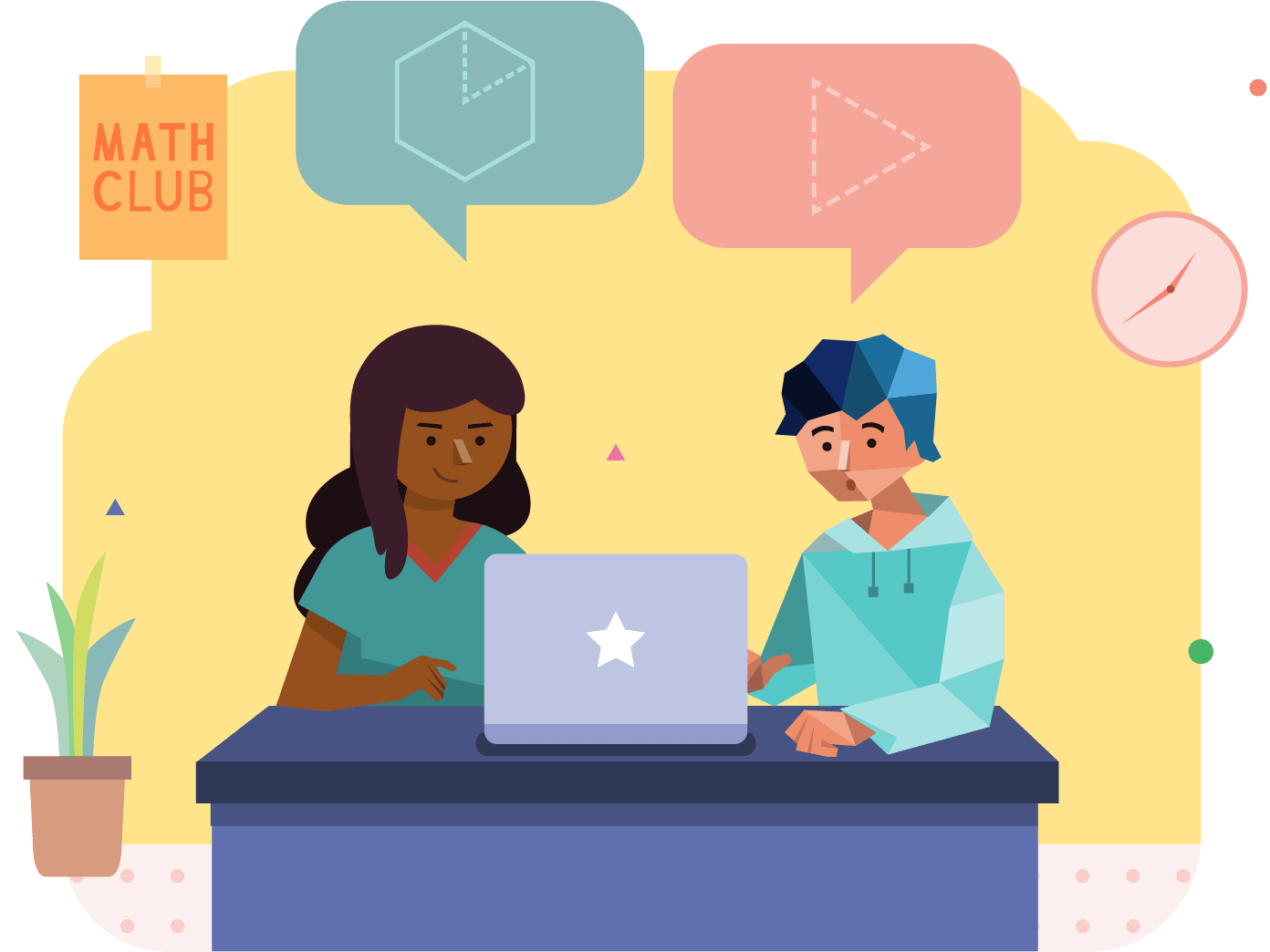
Webinar series recap, part 1 of 3
Problem-based math learning helps teachers set the stage for memorable learning experiences and transfer the responsibility for the learning to students, which has been shown to help develop studentsÔÇÖ problem-solving and math reasoning skills.
Our explores how this type of instruction engages all students in grade-level math every day, and how instructors can go about implementing problem-based learning in the classroom.╠²In part 1 of the webinar series, award-winning teacher Kristin Gray asksÔÇöand answersÔÇöthe question: What does problem-based learning unlock for students?
Experience and explanation form a learning cycle
Imagine youÔÇÖve just gotten a new piece of technology: a phone, a TV, a computer. How do you learn to use it? Do you read the entire user guide first? Jump in and never touch the guide? Or turn it on and try some things, referencing the guide as needed?┬á
If the last option sounds like you, thatÔÇÖs very commonÔÇöand itÔÇÖs an example of learning through problem-solving.╠²
ÔÇ£ItÔÇÖs something we naturally do,ÔÇØ says Gray. ╠²ÔÇ£We’ve had a phone before so we would pick up this new phone and try doing things that we know worked on our last phone, and then we would experiment: Does it work the same on this phone? This bouncing between experience and explanation is really the foundation of how we learn through problem-solving.ÔÇØ
What learning through problem-solving looks like in the math classroom
If we think of instructional methods in the math classroom along a spectrum, on one end we might have a classroom where students are left to solve a problem and discover the relevant math on their own. On the other end, the instructional method might be to show students how to get the answer and then practice doing similar problems.╠²
The methods at both extremes are challenging, and itÔÇÖs hard for instructors to go from one to the other, says Gray. ÔÇ£We need to install a soft landing space in the middle of these extremesÔÇöand we can think of that space as learning through problem-solving, or problem-based learning.ÔÇØ┬á
What does that look like in the math classroom? 
Students will tackle interesting problems, raise questions about the math required, receive an explanation, and apply it back to the problemÔÇöas with the example of learning new technology.╠²
ÔÇ£When we show students how to get the answer, we send the message that math is solely about answer-getting and learning processes. Answers are important, but we want to use problems to teach the math, not just teach students to get the answer,ÔÇØ says Gray.╠²
Practice is also key, she adds: ÔÇ£This place in the middle pulls the best from both extremes and puts them into a structure that supports teachers in teaching and students in learning.ÔÇØ
Why students should learn through problem-solving
Learning through problem-solving has the potential to engage all learners in math, says Gray. It influences the way teachers and students think of themselves as mathematicians and what it means to know and do math.╠²
In the 2000 NAEP survey, 70 percent of fourth and eighth graders reported that they enjoy activities that challenge their thinking, and enjoy thinking about problems in new ways.╠²
ÔÇ£Students are already naturally curious and like solving challenges and trying things in new ways, so that’s a great start,ÔÇØ says Gray.╠²
ÔÇ£No matter how kindly, clearly, patiently, or slowly teachers explain, they cannot make students understand,ÔÇØ says Gray. ÔÇ£Understanding takes place in the studentÔÇÖs mind as they connect new information with previously developed ideas. Teachers can help, but understanding is a by-product of solving problems.ÔÇØ┬á
Add understanding is motivating. It inspires perseverance and confidence. It supports making connections, not learning concepts in isolation.╠²
When students are given a new problem and are able to use prior knowledge to help solve it, that ÔÇ£promotes the development of autonomous learners,ÔÇØ says Gray.╠²
How ├¿▀õAV Math supports problem-based learning
├¿▀õAV Math supports teachers in the planning and delivery of problem-based lessons. It also enables teachers to monitor student progress and differentiate instruction based on real-time data.╠²
Lessons start with warm-ups that tap into prior knowledge and move into problems that require collaboration to solve. Teachers monitor, engage, and ultimately synthesize student work into the main idea. There are also ample opportunities for practice and reflection.╠²
Learn more about ├¿▀õAV Desmos Math.
Register to watch the rest of the series .╠²
Visit Gray’s site, Math Minds, .



